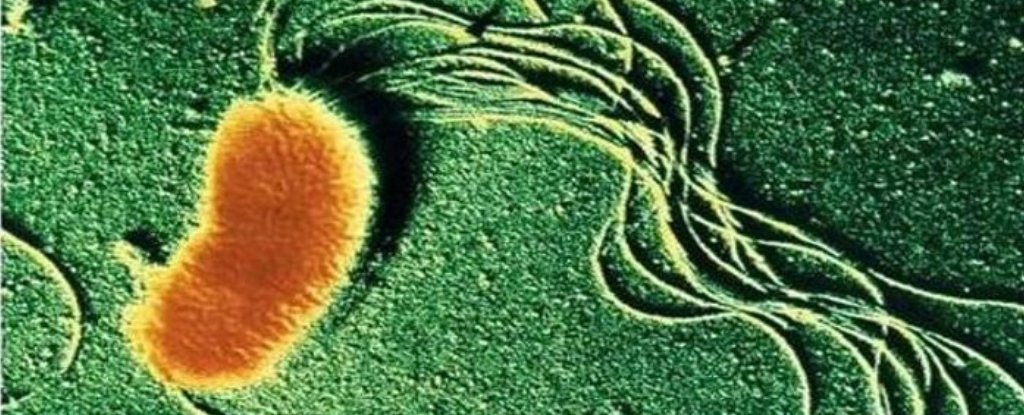Science Alert September 27, 2020
At any given time, billions of the bacteria are buzzing with electricity beneath the seafloor. Using advanced microscopy techniques a team of researchers in the US (Yale University, Pacific Northwest National Laboratory) found that, stimulated by the electric field, the microbes assemble into dense biofilms, interlinked piles of hundreds of individual microbes, moving electrons through a single shared network. They found the “unique fingerprint” of each amino acid in the proteins that make up Geobacter’s signature nanowires. And when stimulated by an electric field, Geobacter produce a previously unknown kind of nanowire made of a protein called OmcZ. The charge provided by these fuel cells is extremely small. In one US Navy experiment, conducted in 2008, researchers used a Geobacter fuel cell to power a small weather buoy in Washington, D.C.’s Potomac River for more than nine months without showing any signs of weakening…read more. TECHNICAL ARTICLE

Credit: Zach Pearl